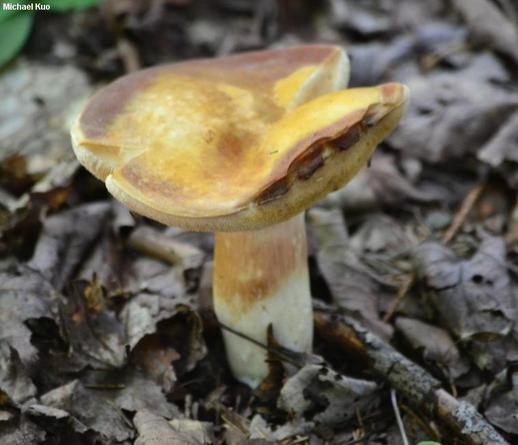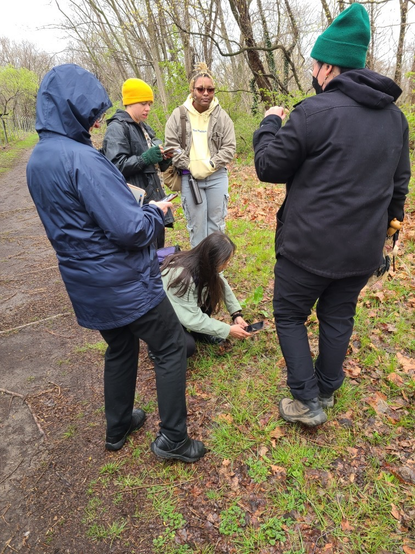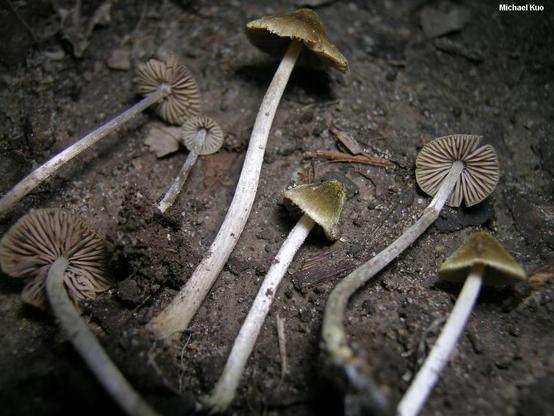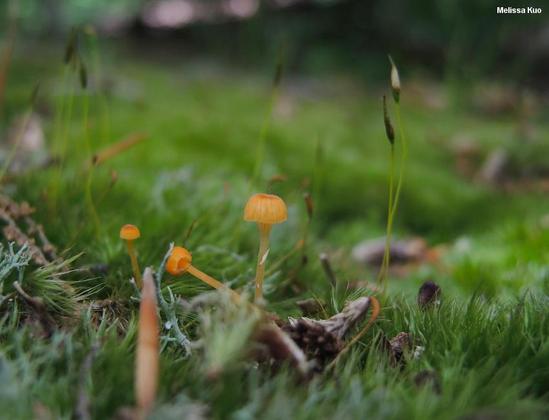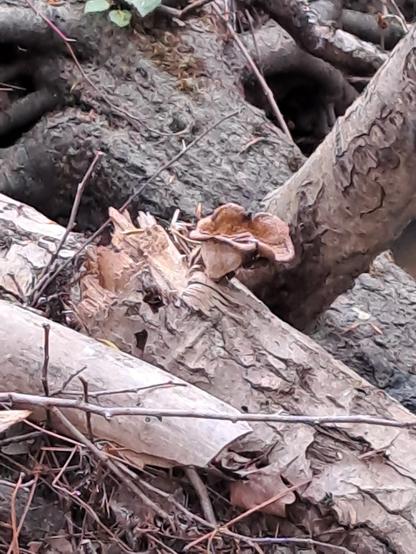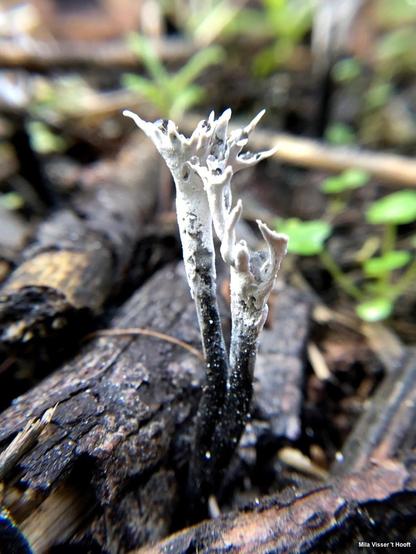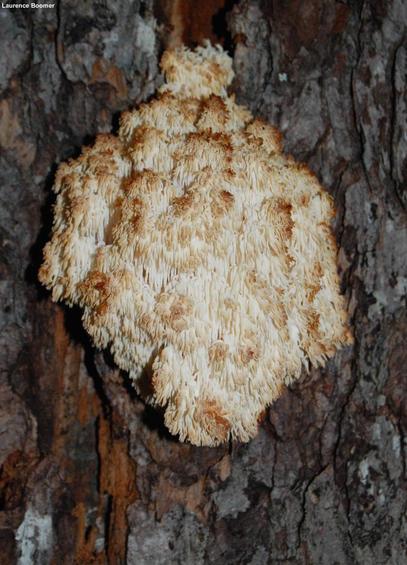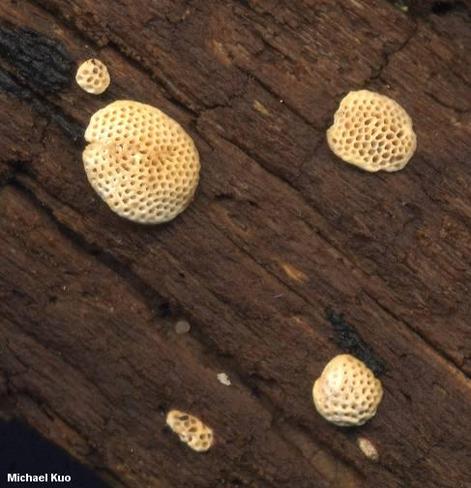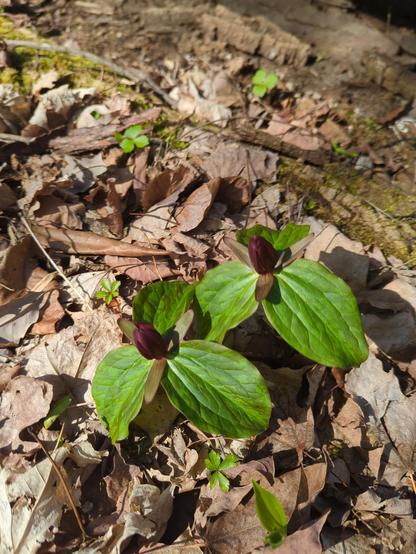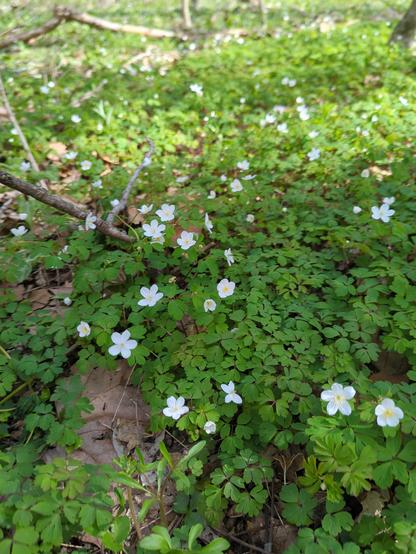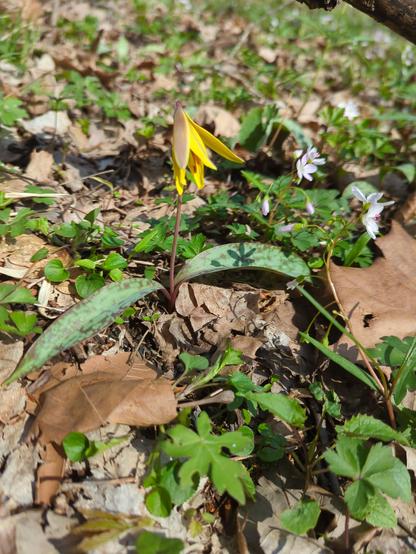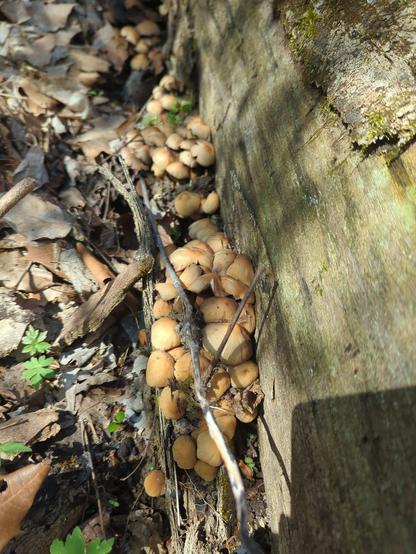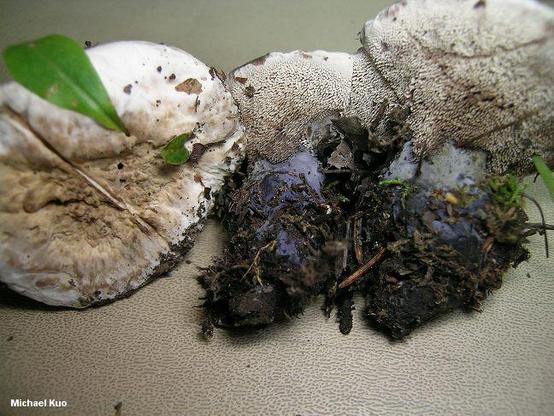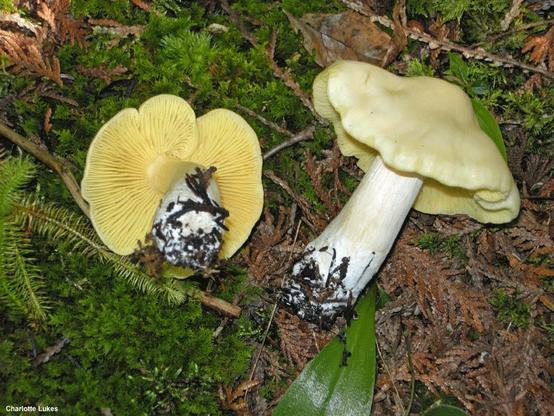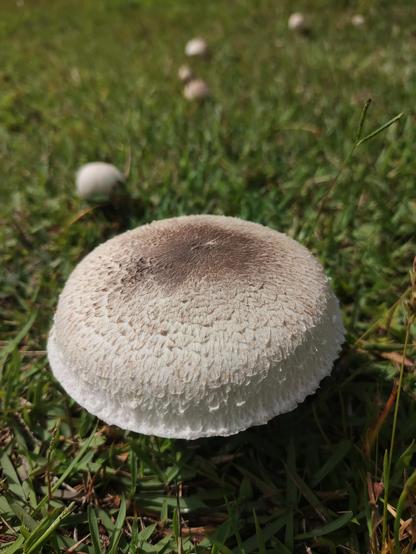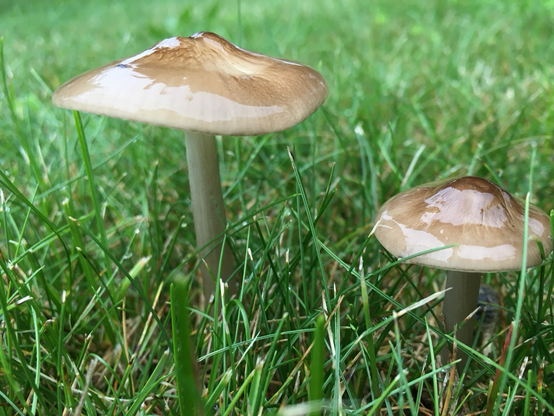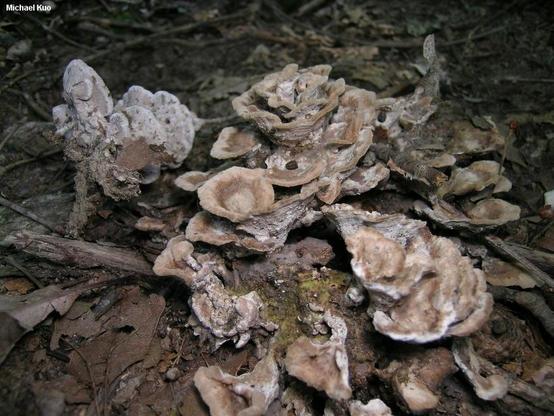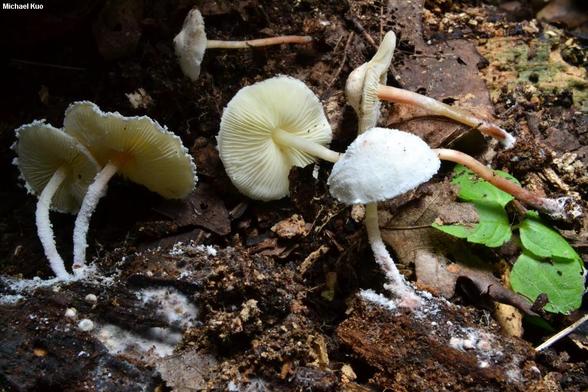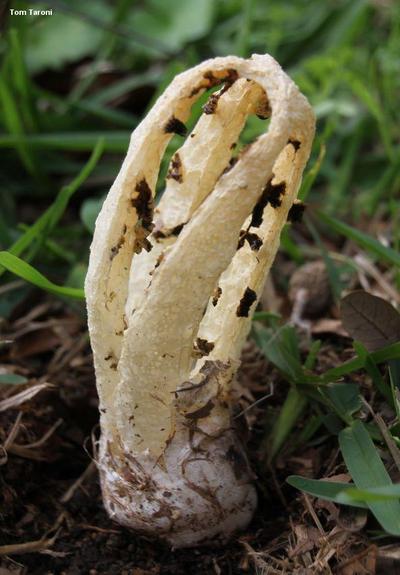Xanthoconium affine
https://www.mushroomexpert.com/Xanthoconium_affine.html
Ecology: Mycorrhizal with hardwoods (especially oaks and beech) and perhaps rarely with conifers; growing alone, scattered, or gregariously; summer and fall; widely distributed east of the Rocky Mountains, south to Mexico. The illustrated and described collections are from Michigan, Illinois, and Kentucky.
Cap: 2-9 cm across, convex, becoming broadly convex or nearly flat; dry; very minutely velvety when in the button stage, but soon bald; brown to dark brown or yellow-brown; sometimes conspicuously spotted with whitish to yellowish spots ("var. maculosus").
Pore Surface: Whitish, becoming brownish yellow and eventually yellowish brown; not bruising, or bruising dull yellowish brown; pores circular to angular, 1-2 per mm; tubes to 5-15 mm deep.
Stem: 3-8 cm long; 0.5-2 cm thick; at maturity more or less equal; solid; bald; pale at apex, streaked with a paler shade of the cap color below; not reticulate--or, in "var. reticulatum," reticulate near the apex; basal mycelium white.
Flesh: Whitish throughout, unchanging when sliced, or occasionally staining slightly yellowish over time.
Odor and Taste: Not distinctive.
Chemical Reactions: Ammonia negative to pinkish or orangish on cap surface; negative on flesh. KOH negative to pinkish on cap surface; negative on flesh. Iron salts negative on cap surface; negative on flesh.
Spore Print: Bright yellow-brown.
Microscopic Features: Spores 9-14 x 3-4 ; subfusiform; smooth; yellowish to golden in KOH. Hymenial cystidia lageniform; to about 50 x 10 . Pileipellis a tightly packed trichoderm with clavate or subclavate terminal elements 7.5-12.5 wide (an "epithelium" or hymeniform turf); hyaline to ochraceous or brownish in KOH.



